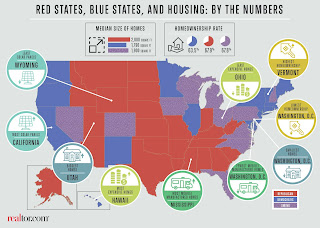When you sell a property that has been a principal residence for many years, you usually have a large capital gain, and the tax that comes with it. In a very common scenario, there is a capital gains tax exemption of $500k if you are a married couple, or $250k if you are single. The problem arises when you have bought your home a very, very long time ago: the purchase price is so low that when compared to the sales price today, and after factoring in the costs and capital improvements ( - thanks to CPA's for helping with all these calculations 😊 ), the capital gain is so high that the tax due on it is a big deal.
Some would say that this is a good problem to have. But in fact, many people do not want to have such a tax hit, or some people just cannot pay the tax (i.e. if you have borrowed a lot on your equity, you don't have much left when you sell).

This situation is so acute in the Bay Area (think: large appreciation) that it has contributed to the lack of inventory we've seen in the past few years, and this in turn is pushing prices up.
While there are several options to try to deal with the problem, none of them is so easy or straightforward - except for dying, which I will pass on - no pun intended... So homeowners who find themselves in that situation often just delay the sale until later, and later... and there are fewer homes on the market.
The article was written by Kathleen Pender, Business Columnist at the SF Chronicle.
Check here to see the article and the interactive map showing where the capital gains are most prevalent, in the 9 Counties that make our "Bay Area".
Thank you for reading,
Francis
Silicon Valley Real Estate
Smart local Stats and Graphs
non-profit organization worth noting: Partners for New Generations.










